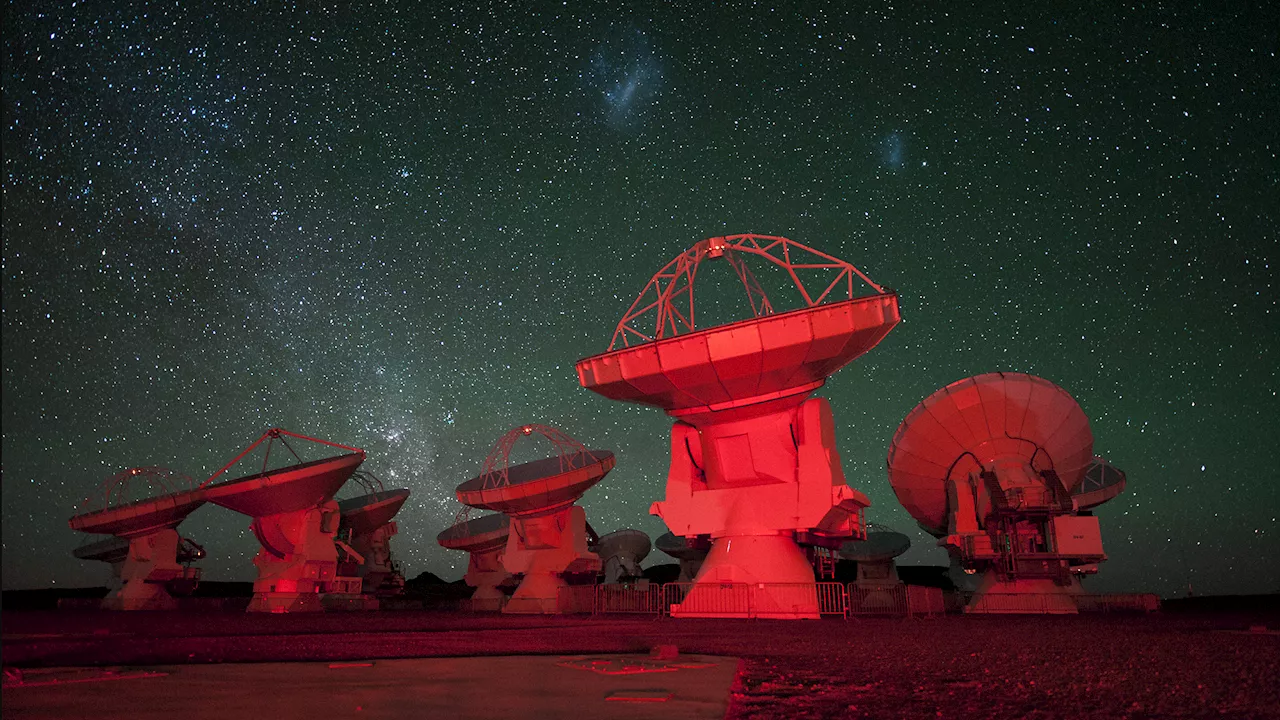Briley Lewis (she/her) is a freelance science writer and Ph.D. Candidate/NSF Fellow at the University of California, Los Angeles studying Astronomy & Astrophysics. Follow her on Twitter @briles_34 or visit her website www.briley-lewis.com.
ArticleBody:The universe is huge, yet astronomers have looked at a few parts of the night sky over and over again. For example, many telescopes—from the Hubble Space Telescope to JWST and beyond—have looked at the Magellanic Clouds, two mini-galaxies in our celestial neighborhood right around the Milky Way.
Credit: Axel Mellinger, Central Michigan Univ. via NASA Because astronomers can’t make a star in a laboratory and perform neatly controlled experiments, they instead have to look at things in space from as many perspectives as they can. Imagine you need to understand what a sculpture is made of and how it was carved, but you can’t touch it and you can only look at it from across the room—you’ll have to get creative with how you learn about it, taking photos from different angles.
Malaysia Latest News, Malaysia Headlines
Similar News:You can also read news stories similar to this one that we have collected from other news sources.
 With space agencies racing to the moon, scientists are making a lunar 'time zone'Briley Lewis (she/her) is a freelance science writer and Ph.D. Candidate/NSF Fellow at the University of California, Los Angeles studying Astronomy & Astrophysics. Follow her on Twitter briles_34 or visit her website www.briley-lewis.com.
With space agencies racing to the moon, scientists are making a lunar 'time zone'Briley Lewis (she/her) is a freelance science writer and Ph.D. Candidate/NSF Fellow at the University of California, Los Angeles studying Astronomy & Astrophysics. Follow her on Twitter briles_34 or visit her website www.briley-lewis.com.
Read more »
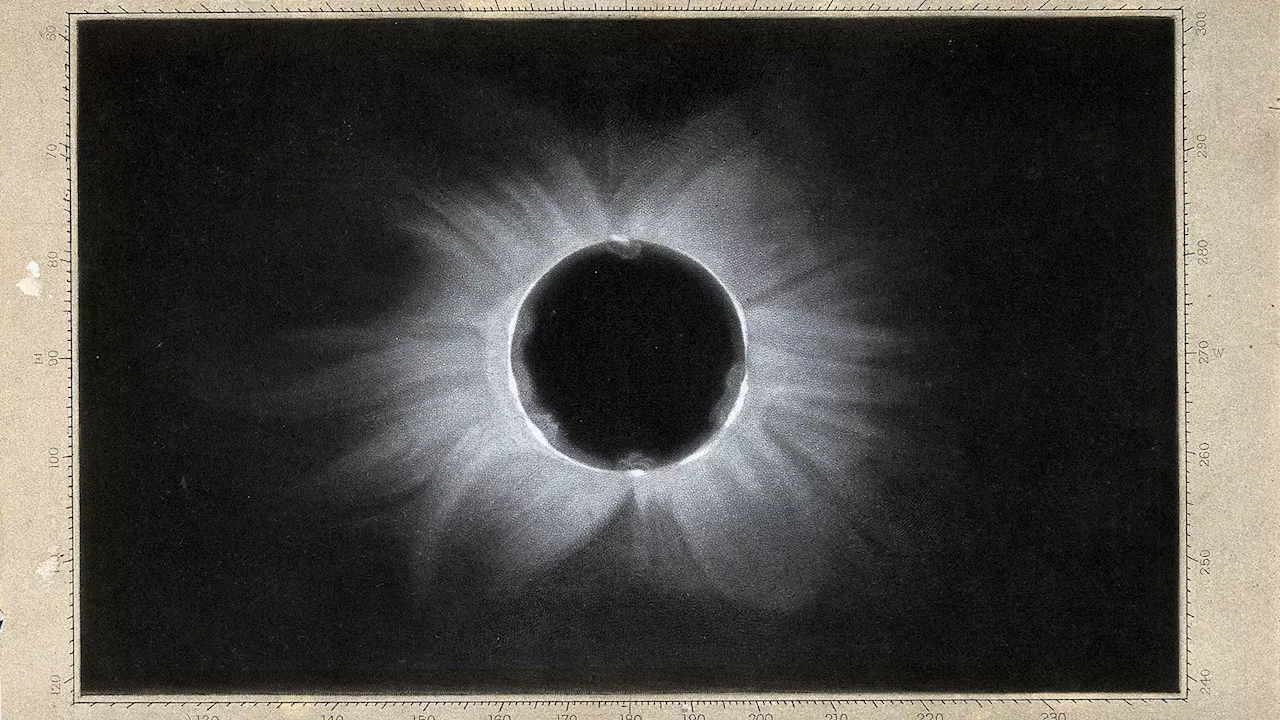 ‘The sun has been eaten’: A brief history of solar eclipsesBriley Lewis (she/her) is a freelance science writer and Ph.D. Candidate/NSF Fellow at the University of California, Los Angeles studying Astronomy & Astrophysics. Follow her on Twitter briles_34 or visit her website www.briley-lewis.com.
‘The sun has been eaten’: A brief history of solar eclipsesBriley Lewis (she/her) is a freelance science writer and Ph.D. Candidate/NSF Fellow at the University of California, Los Angeles studying Astronomy & Astrophysics. Follow her on Twitter briles_34 or visit her website www.briley-lewis.com.
Read more »
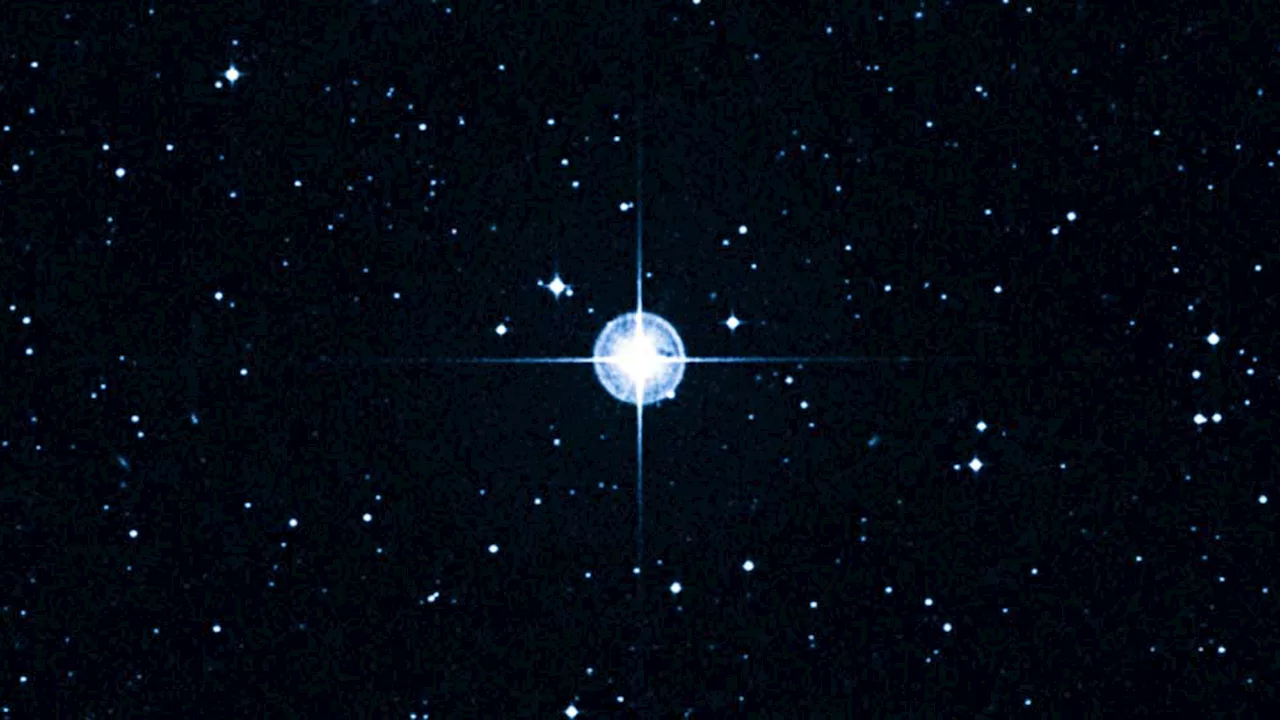 The hunt for the first stars in the universeBriley Lewis (she/her) is a freelance science writer and Ph.D. Candidate/NSF Fellow at the University of California, Los Angeles studying Astronomy & Astrophysics. Follow her on Twitter briles_34 or visit her website www.briley-lewis.com.
The hunt for the first stars in the universeBriley Lewis (she/her) is a freelance science writer and Ph.D. Candidate/NSF Fellow at the University of California, Los Angeles studying Astronomy & Astrophysics. Follow her on Twitter briles_34 or visit her website www.briley-lewis.com.
Read more »
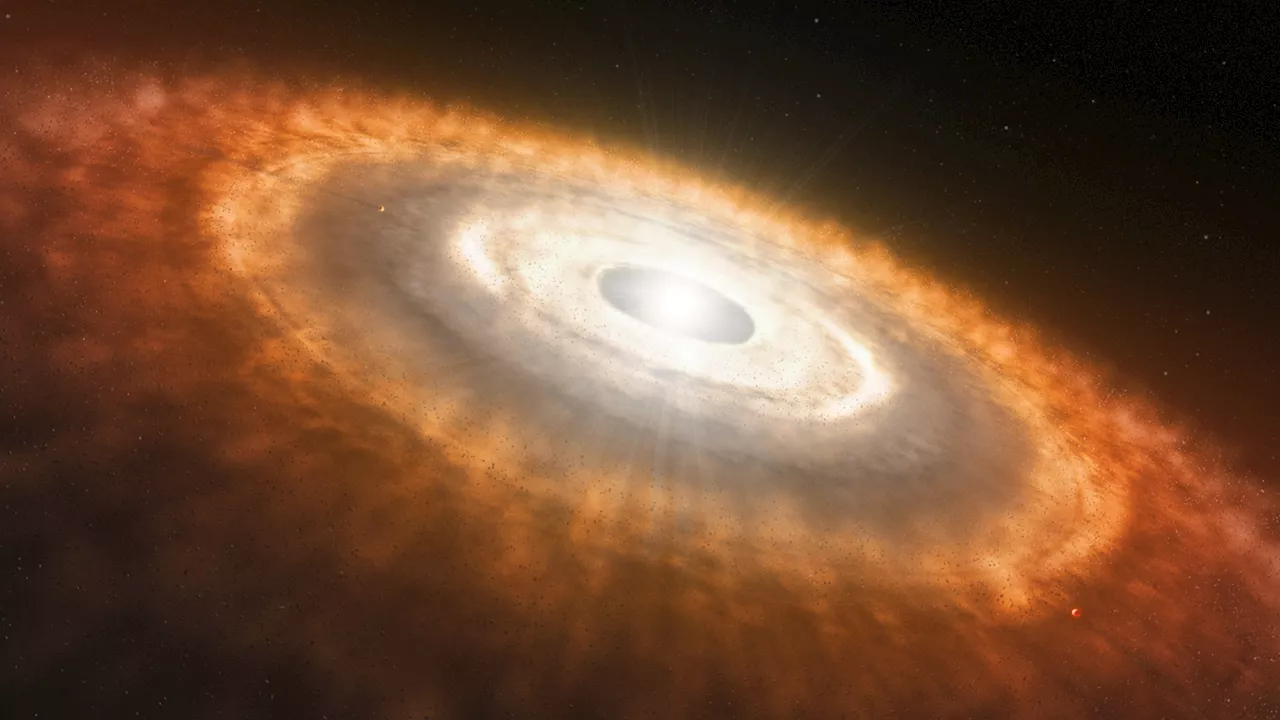 What happens when you don’t have enough ingredients to make a planet?Briley Lewis (she/her) is a freelance science writer and Ph.D. Candidate/NSF Fellow at the University of California, Los Angeles studying Astronomy & Astrophysics. Follow her on Twitter briles_34 or visit her website www.briley-lewis.com.
What happens when you don’t have enough ingredients to make a planet?Briley Lewis (she/her) is a freelance science writer and Ph.D. Candidate/NSF Fellow at the University of California, Los Angeles studying Astronomy & Astrophysics. Follow her on Twitter briles_34 or visit her website www.briley-lewis.com.
Read more »
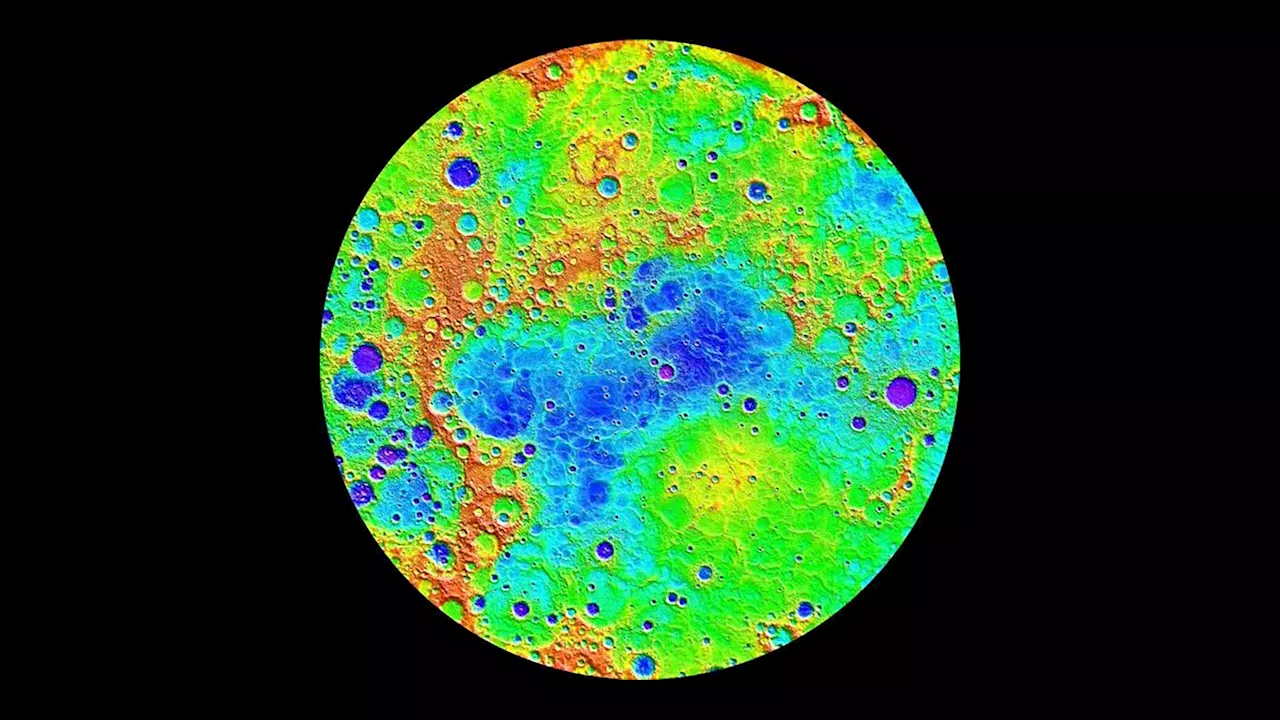 What does ‘Mercury in retrograde’ actually mean?Briley Lewis (she/her) is a freelance science writer and Ph.D. Candidate/NSF Fellow at the University of California, Los Angeles studying Astronomy & Astrophysics. Follow her on Twitter briles_34 or visit her website www.briley-lewis.com.
What does ‘Mercury in retrograde’ actually mean?Briley Lewis (she/her) is a freelance science writer and Ph.D. Candidate/NSF Fellow at the University of California, Los Angeles studying Astronomy & Astrophysics. Follow her on Twitter briles_34 or visit her website www.briley-lewis.com.
Read more »
 Who Did Shawn Mendes Almost Get Pregnant in 'Why Why Why'?He released his new song 'Why Why Why' with questionable lyrics.
Who Did Shawn Mendes Almost Get Pregnant in 'Why Why Why'?He released his new song 'Why Why Why' with questionable lyrics.
Read more »
